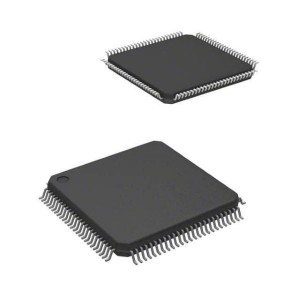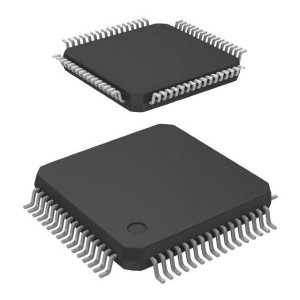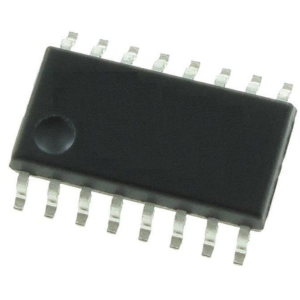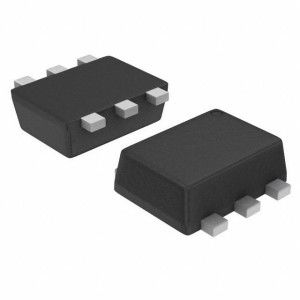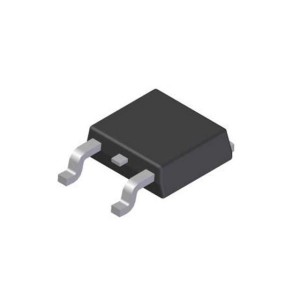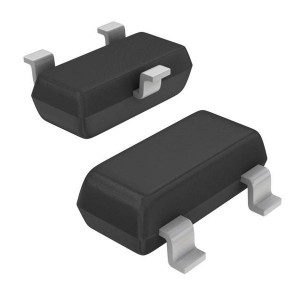STM8S005K6T6C 8-bit Microcontrollers – MCU 8-bit MCU Value Line 16 MHz 32kb Flash
♠ Product Description
| Product Attribute | Attribute Value |
| Manufacturer: | STMicroelectronics |
| Product Category: | 8-bit Microcontrollers - MCU |
| RoHS: | Details |
| Series: | STM8S005K6 |
| Mounting Style: | SMD/SMT |
| Package / Case: | LQFP-32 |
| Core: | STM8 |
| Program Memory Size: | 32 kB |
| Data Bus Width: | 8 bit |
| ADC Resolution: | 10 bit |
| Maximum Clock Frequency: | 16 MHz |
| Number of I/Os: | 25 I/O |
| Data RAM Size: | 2 kB |
| Supply Voltage - Min: | 2.95 V |
| Supply Voltage - Max: | 5.5 V |
| Minimum Operating Temperature: | - 40 C |
| Maximum Operating Temperature: | + 85 C |
| Packaging: | Tray |
| Brand: | STMicroelectronics |
| Data ROM Size: | 128 B |
| Data ROM Type: | EEPROM |
| Interface Type: | I2C, SPI, UART |
| Moisture Sensitive: | Yes |
| Number of ADC Channels: | 7 Channel |
| Number of Timers/Counters: | 3 Timer |
| Processor Series: | STM8S005 |
| Product Type: | 8-bit Microcontrollers - MCU |
| Program Memory Type: | Flash |
| Factory Pack Quantity: | 1500 |
| Subcategory: | Microcontrollers - MCU |
| Unit Weight: | 0.028219 oz |
♠ Value line, 16 MHz STM8S 8-bit MCU, 32-Kbyte Flash memory, data EEPROM, 10-bit ADC, timers, UART, SPI, I²C
The STM8S005C6/K6 value line 8-bit microcontrollers offer 32 Kbytes of Flash program memory, plus 128 bytes of data EEPROM. They are referred to as medium-density devices in the STM8S microcontroller family reference manual (RM0016).
All devices of STM8S005C6/K6 value line provide the following benefits:performance, robustness, reduced system cost and short development cycles.
Device performance and robustness are ensured by true data EEPROM supporting up to 100000 write/erase cycles, advanced core and peripherals made in a state-of-the-art technology at 16 MHz clock frequency, robust I/Os, independent watchdogs with separate clock source, and a clock security system.
The system cost is reduced thanks to a high system integration level with internal clock oscillators, watchdog, and brown-out reset.
The common family product architecture with compatible pinout, memory map and modular peripherals allow application scalability and reduced development cycles.
All products operate from a 2.95 V to 5.5 V supply voltage.
Full documentation is offered as well as a wide choice of development tools.
Core
• Max fCPU: 16 MHz
• Advanced STM8 core with Harvard architecture and 3-stage pipeline
• Extended instruction set
Memories
• Medium-density Flash/EEPROM
– Program memory: 32 Kbytes of Flash memory; data retention 20 years at 55 °C after 100 cycles
– Data memory: 128 bytes true data EEPROM; endurance up to 100 k write/erase cycles
• RAM: 2 Kbytes
Clock, reset and supply management
• 2.95 V to 5.5 operating voltage
• Flexible clock control, 4 master clock sources
– Low-power crystal resonator oscillator
– External clock input
– Internal, user-trimmable 16 MHz RC
– Internal low-power 128 kHz RC
• Clock security system with clock monitor
• Power management
– Low-power modes (wait, active-halt, halt)
– Switch-off peripheral clocks individually
– Permanently active, low-consumption power-on and power-down reset
Interrupt management
• Nested interrupt controller with 32 interrupts
• Up to 37 external interrupts on 6 vectors
Timers
• 2x 16-bit general purpose timers, with 2+3 CAPCOM channels (IC, OC or PWM)
• Advanced control timer: 16-bit, 4 CAPCOM channels, 3 complementary outputs, dead-time insertion and flexible synchronization
• 8-bit basic timer with 8-bit prescaler
• Auto wakeup timer
• Window and independent watchdog timers
Communications interfaces
• UART with clock output for synchronous operation, SmartCard, IrDA, LIN
• SPI interface up to 8 Mbit/s
• I 2C interface up to 400 Kbit/s
Analog to digital converter (ADC)
• 10-bit ADC, ± 1 LSB ADC with up to 10 multiplexed channels, scan mode and analog watchdog
I/Os
• Up to 38 I/Os on a 48-pin package including 16 high-sink outputs
• Highly robust I/O design, immune against current injection
Development support
• Embedded single-wire interface module (SWIM) for fast on-chip programming and non-intrusive debugging

